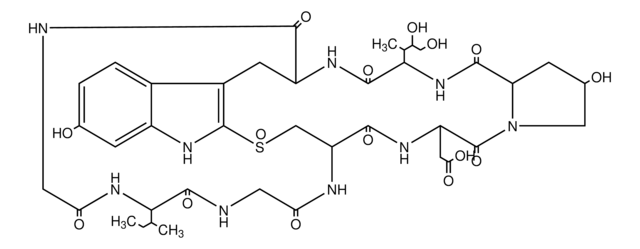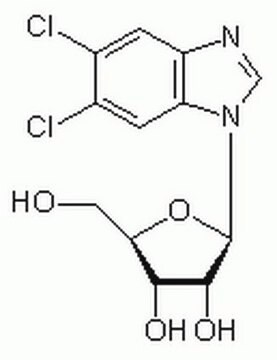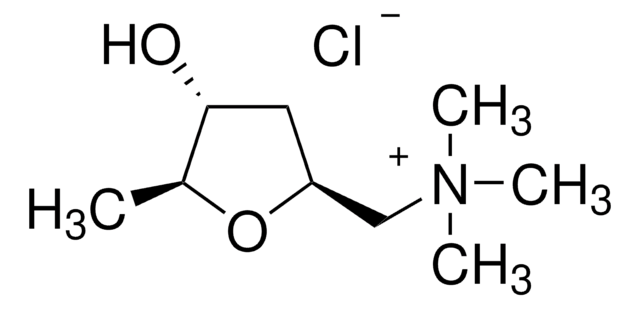A2263
α-Amanitin
from Amanita phalloides, ≥85% (HPLC), powder
About This Item
Recommended Products
biological source
Amanita phalloides
Quality Level
Assay
≥85% (HPLC)
form
powder
mol wt
918.97 g/mol
color
white to light yellow
mp
254-255 °C (lit.)
solubility
H2O: 1.0 mg/mL
ε (extinction coefficient)
13,500 at 310 nm in H2O at 1 M
storage temp.
−20°C
SMILES string
CCC(C)C1NC(=O)CNC(=O)C2Cc3c([nH]c4cc(O)ccc34)S(=O)CC(NC(=O)CNC1=O)C(=O)NC(CC(N)=O)C(=O)N5CC(O)CC5C(=O)NC(C(C)C(O)CO)C(=O)N2
InChI
1S/C39H54N10O14S/c1-4-16(2)31-36(60)42-11-29(55)43-25-15-64(63)38-21(20-6-5-18(51)7-22(20)46-38)9-23(33(57)41-12-30(56)47-31)44-37(61)32(17(3)27(53)14-50)48-35(59)26-8-19(52)13-49(26)39(62)24(10-28(40)54)45-34(25)58/h5-7,16-17,19,23-27,31-32,46,50-53H,4,8-15H2,1-3H3,(H2,40,54)(H,41,57)(H,42,60)(H,43,55)(H,44,61)(H,45,58)(H,47,56)(H,48,59)
InChI key
CIORWBWIBBPXCG-UHFFFAOYSA-N
Looking for similar products? Visit Product Comparison Guide
Amino Acid Sequence
Application
- for inducing transcriptional arrest in NT2 cells prior to immunofluorescence assay
- to induce nephrotoxicity in mice renal tissues
- to induce and analyse genotoxicity in mice bone marrow cells by cell viability assay, comet assay and chromosomal aberration assay
Biochem/physiol Actions
Caution
Reconstitution
Signal Word
Danger
Hazard Statements
Precautionary Statements
Hazard Classifications
Acute Tox. 1 Oral - STOT RE 2
Target Organs
Kidney,Blood,Liver,Gastrointestinal tract,Respiratory Tract,Central nervous system
Storage Class Code
6.1A - Combustible acute toxic Cat. 1 and 2 / very toxic hazardous materials
WGK
WGK 3
Personal Protective Equipment
Choose from one of the most recent versions:
Already Own This Product?
Find documentation for the products that you have recently purchased in the Document Library.
Customers Also Viewed
Our team of scientists has experience in all areas of research including Life Science, Material Science, Chemical Synthesis, Chromatography, Analytical and many others.
Contact Technical Service










